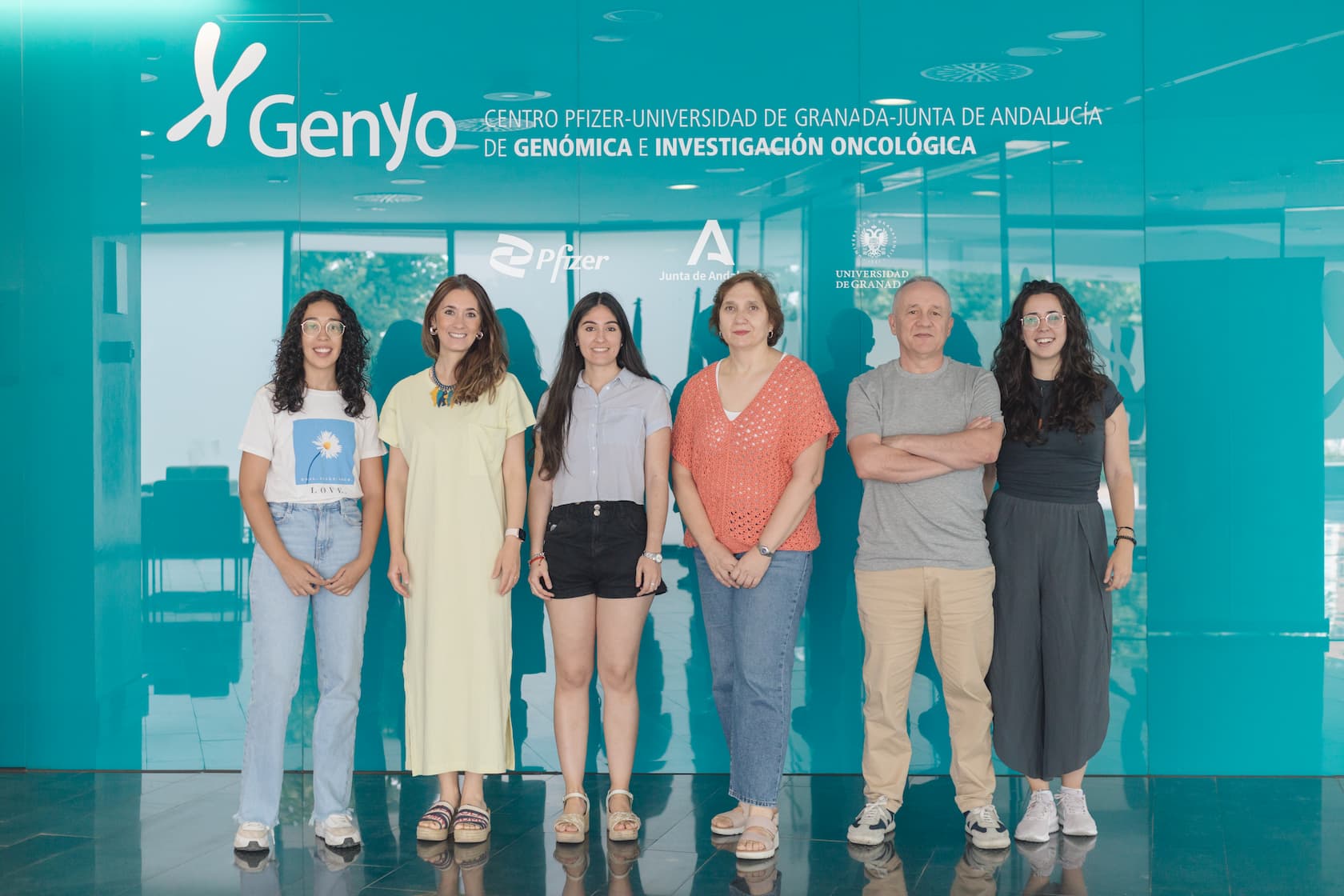No se ha encontrado investigadores para este término.
La estrategia científica de este grupo se centra en consolidar su investigación sobre la matriz extracelular como componente fundamental del microambiente tumoral. Sin embargo, los continuos avances en oncología experimental hacen necesaria una renovación permanente de los enfoques, especialmente en los campos de la genómica funcional (LE2) y la medicina de precisión (LE3).
En este contexto, las principales líneas de investigación que se desarrollarán en los próximos años incluyen:
- Estudios funcionales sobre el dinamismo y la remodelación de la MEC en modelos de tumores sólidos y leucemias, centrándose en su impacto en la progresión tumoral (LE2).
- Investigación de la modulación y activación de poblaciones inmunes dentro del microambiente tumoral a través de la acción de proteasas extracelulares, con implicación en el diagnóstico, pronóstico y predicción de la respuesta terapéutica (LE2)
- Identificación de biomarcadores en el microambiente extracelular como nuevas herramientas de pronóstico y diagnóstico, contribuyendo a los avances en la medicina de precisión (LE3).
Estos estudios adoptarán un enfoque multidisciplinar, integrando análisis bioinformáticos con manipulación genética y experimental de sistemas celulares y modelos animales pertinentes. La colaboración con profesionales clínicos aportará una perspectiva aplicada y realista que garantizará la pertinencia traslacional de los resultados experimentales.
Número de expediente: PP2024PP-07
IP: Dr. Juan Carlos Rodríguez Manzaneque
Entidad financiadora: CUII
Periodo de ejecución: 02/12/2022 – 31/12/2025
Número de expediente: 101183034
IP: Dr. Juan Carlos Rodríguez Manzaneque
Entidad financiadora: UE
Periodo de ejecución: 01/01/2025 – 31/12/2028
Número de expediente: EMERGIA2021
IP: Dra. Maria Belen Lopez Millan
Entidad financiadora: CUII
Periodo de ejecución: 28/02/2023 – 28/02/2027
Número de expediente: IX Beca Unoentrecienmil
IP: Dra. Maria Belen Lopez Millan
Entidad financiadora: Fundación Unoentrecienmil
Periodo de ejecución: 23/07/2024 – 31/07/2025













